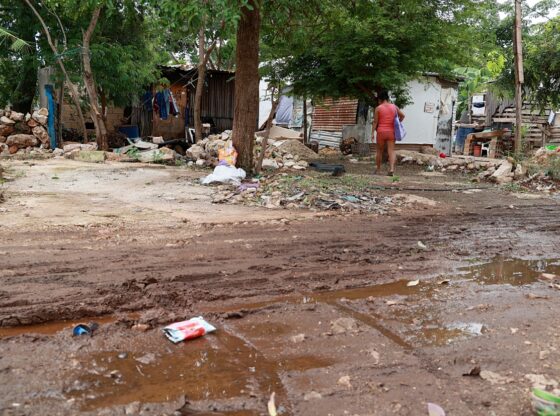He population growth of Mérida generates a serious problem of territorial expansion that translates into a discontinuous urban plot which increases the cost of public services and the quality of equipment, considered David Montañez Rufino, general director of the group of professional analysts MetrópoliMid.
This same uncontrolled expansion, he highlighted, makes Mérida loses density, since the physical occupation of its territory grows faster than its population. In simple terms, he explained, there are fewer people who live in more space and this causes public and private services to become more expensive.
David Montañez was interviewed in relation to the 2025 report of the State Population Council (Coespo) 2025 that indicates a population of 2,498,676 people what They live in Yucatanwhich represents a increase of 7.64% regarding the results of the 2020 Inegi Population Census.
“This population growth of 7.64% or 7.65% is not a negative thing,” he said. “The problem is how the growth of cities occurs in a very unorganized manner, without effective planning that is really applied and that organizes the territory to have compact and continuous settlements.”
He recalled that Mérida concentrates most of the services, infrastructure and sources of employment. For this reason, the capital and its metropolitan area absorb most of the population growth. This phenomenon increases the price of housing and land, the lack of planning for the orderly growth of cities becomes more evident, and it causes people to live more and more in the periphery.
In 2023, he specified, MetropoliMid carried out an urban analysis and found that of the 995,129 inhabitants who reside in Mérida, 27.3% (271,807) live in the periphery and of the 30,161.4 hectares of urbanized surface that They are currently identified in the municipality of Mérida45.6% and 13,756.9 hectares belong to the periphery. However, Today Mérida has approximately 1,258,230 inhabitants, but there are other Yucatecan municipalities that register significant population growth, such as Kanasin and Valladolid.
They live outside the peripheral area of Mérida
In his explanations, David Montañez recalled that Almost 30% of the municipality’s population already lives outside the peripheral ring of Mérida, When inside the peripheral there are still urban voids and sufficient spaces to house that population. The seriousness of this lack of urban planning is that in the northern outskirts of Mérida There has been a much faster expansion than the population growth itself.
In 2020, eOn the outskirts of Mérida there was a density of 19.8 inhabitants per hectarewhile the national average was 64. This reveals a serious expansion problem that translates into a discontinuous urban fabric, that is, a fragmented city with large gaps between inhabited areas, which increases the cost of services and equipment in living areas.
The clearest example of this increase in the cost of public services is reflected in the maintenance of the streets, which is unsustainable because there are so many kilometers that the municipal authority is incapable of addressing everything. The same thing happens when carrying electrical energy, drinking water, garbage collection and public safety.
There are settlements and real estate developments so far away and dispersed that it is very expensive to offer these public services, playgrounds, equipped sports fields and cultural activities.
Not to mention the public transport. Mass transportation systems such as BTR, Metrobús… are hardly sustainable when the city does not offer sufficient population density. People even have to move further for work, school or shopping.
“In summary, growth as such is not the problem. Cities that are constantly developing and that attract population from other entities or other countries can generate cultural wealth, innovation and economic wealth; the problem is that territorial planning has not known how to grow in an orderly and efficient manner in the face of this increase in population,” he highlighted.
“A comprehensive vision is required at the metropolitan, and even regional, level, and territorial planning programs that are truly applied with compact and continuous cities in mind that make the public transportation system and government public policies viable.”
The director of MetrópoliMid said that the challenge is not how many we are, but how and where we live. Without real ordering, the growth of Yucatán will continue to generate increasingly dispersed, expensive and unsustainable cities.

